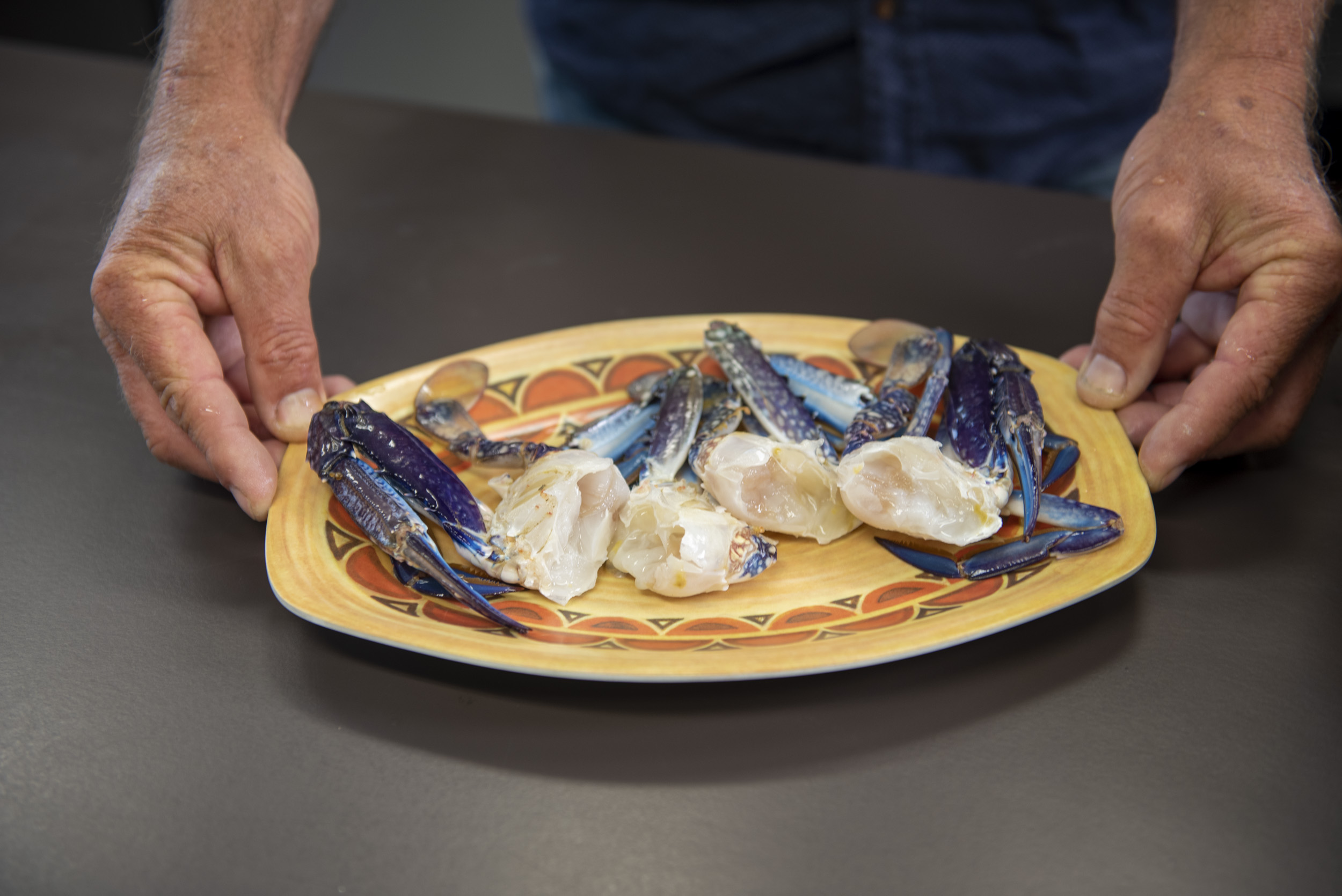Alexandrium algae produce PSTs which can be concentrated (bioaccumulated) by filter feeding shellfish such as mussels and crabs.
There have been 2 recent bloom events of Alexandrium algae (Alexandrium spp.) in the Swan and Canning rivers in 2019 and 2020.
Because the toxin can bioaccumulate, the best way to stay safe is not to eat mussels at all and to clean crabs thoroughly by removing the crab guts, including the head, mustard and gills before freezing, cooking or eating.
Human consumption of shellfish containing high levels of PSTs can result in poisoning, leading to sickness and fatality in rare occasions. If you start to feel ill after eating shellfish, please seek medical advice.
How can I reduce my risk?
- Do not eat recreationally-caught mussels from the Swan and Canning rivers.
- If you want to eat recreationally-caught blue swimmer crabs from the Swan and Canning rivers, remove the head, guts (mustard) and gills before freezing, cooking or eating them.
- All crabs must still be landed and transported whole to your home (your principal place of residence) unless you plan to eat them immediately.
How to clean blue swimmer crabs
Always remember to clean blue swimmer crabs before you freeze cook or eat them.
- If it is still alive, anaesthetise the crab by putting it on ice for 5 minutes.
- Now take your crab, turn it over, lift up the belly flap and take that part off.
- Put your thumb between the top shell, and the bottom shell peel off the carapace and keep the guts in the shell, to discard.
- Turn it back over, put your thumbs down near the middle of the shell and break it into 2 halves.
- Then pull off the mouth parts. Now take out the gills by removing the gill filaments on both sides of the crab.
- Clean out the middle bit thoroughly by running it under the tap to make sure there are no gut remnants.
- Make sure you dispose of all the guts and the water when you've finished as the mustard is the most risky part to eat.
How to clean crabs guides translated
-
Chinese (simplified)pdf (830 KB)
-
Chinese (traditional)pdf (818 KB)
-
Koreanpdf (730 KB)
-
Vietnamesepdf (605 KB)

